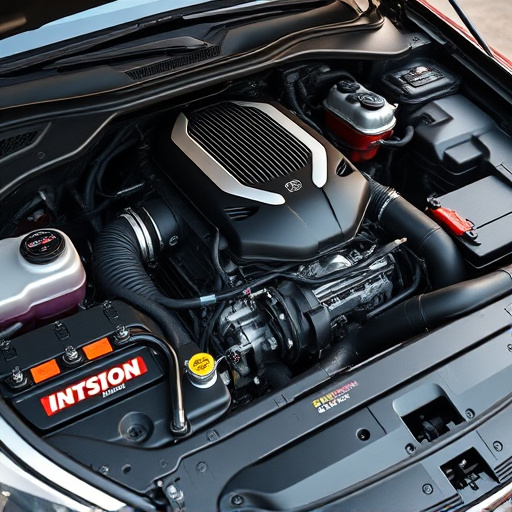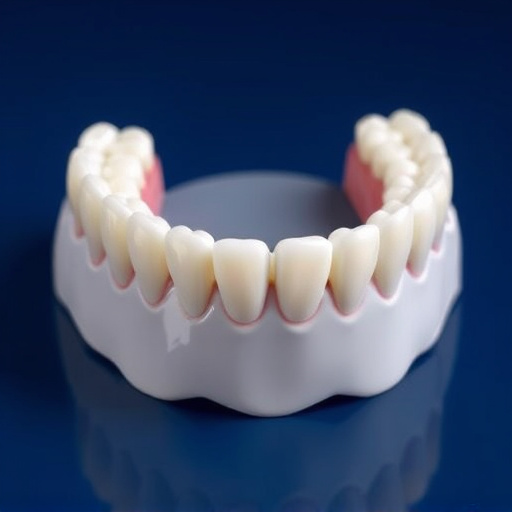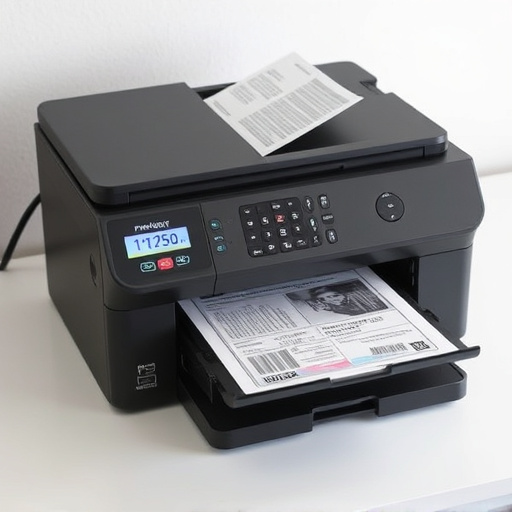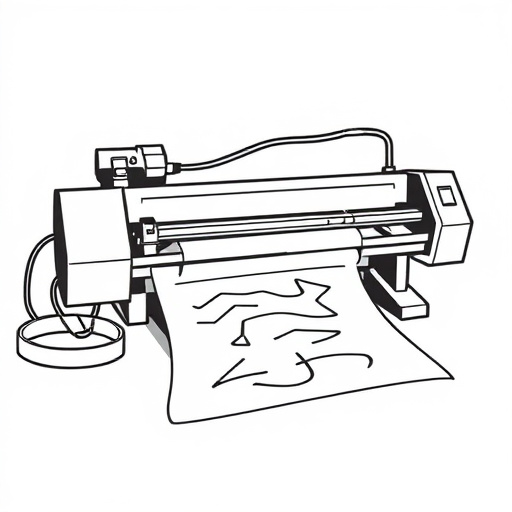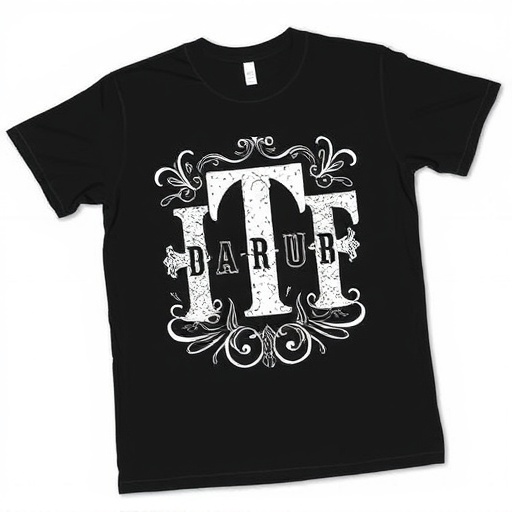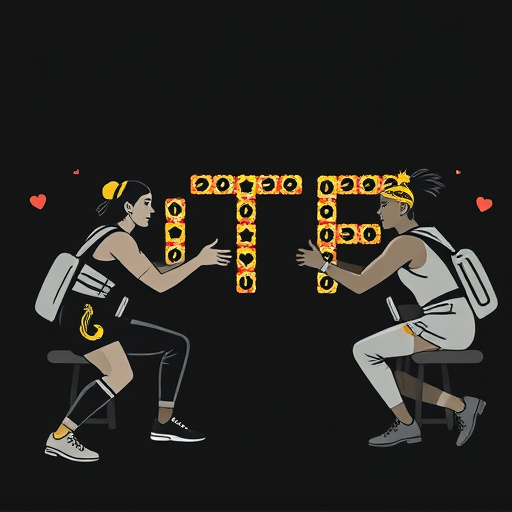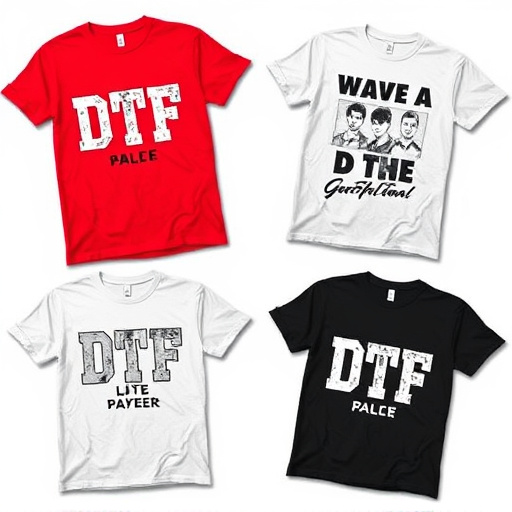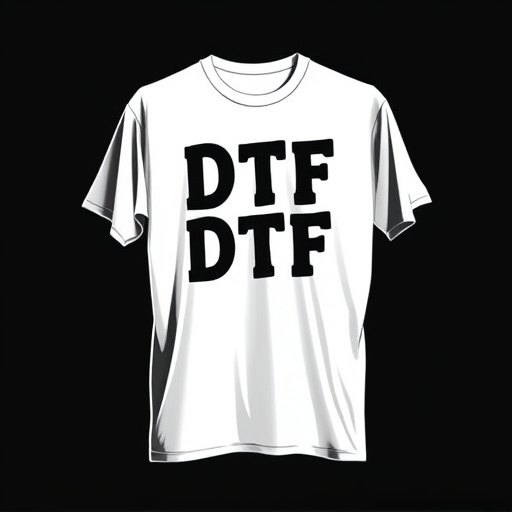Selecting high-quality fabrics is crucial for achieving excellent results in Direct to Fabric (DTF) shirt printing. The texture, weight, and colorfastness of the material directly impact print clarity, durability, and ink adhesion. Using premium t-shirts ensures vibrant colors, precise details, and longevity against fading, cracking, or peeling. Testing on scraps before bulk orders is essential. Incompatible fabric types and lack of pre-treatment can lead to smearing, bubbling, and poor ink distribution. Choosing the right DTF transfer sheets and properly preparing the fabric surface are key to optimal results in DTF printing.
In the realm of custom apparel, DTF (Direct to Fabric) shirt printing offers a vibrant, direct method for creating unique designs. However, navigating this process involves steering clear of common pitfalls to ensure exceptional results. This article guides you through the three primary areas of concern: fabric selection, design preparation, and printing techniques, providing insights to help you avoid mistakes and achieve outstanding DTF shirt prints.
- Choosing the Wrong Fabric
- – Importance of fabric quality for DTF printing
- – Common issues with low-quality fabrics and how to avoid them
Choosing the Wrong Fabric

When it comes to DTF shirt printing, one of the most common mistakes people make is selecting the wrong fabric. The choice of material can significantly impact the final result and quality of your printed shirts. It’s essential to consider factors like texture, weight, and colorfastness when picking a suitable fabric for DTG (Direct-To-Garment) printing.
Using the right DTF transfer sheets and heat press is crucial, but it means little if the base material isn’t compatible. For instance, choosing a tightly woven cotton shirt ensures the ink adheres well and prevents bleeding or smudging. Conversely, a thin, smooth fabric might not capture the detail of your design. Always test on scraps first to ensure the fabric meets your printing standards before committing to a bulk order.
– Importance of fabric quality for DTF printing

When it comes to DTF shirt printing, fabric quality is paramount. The success of your print job heavily relies on the material’s ability to accept and retain ink effectively. Low-quality fabrics may result in faded colors, uneven ink distribution, or even ink bleeding, compromising the final aesthetics of your design. Opting for premium t-shirts or other apparel suitable for DTF (Direct-to-Fabric) printing ensures a smoother, more professional outcome. This is especially crucial when aiming to create high-quality custom shirts or limited-edition pieces that stand out in the market.
Choosing the right fabric type and grade for your DTF for apparel projects is not just about visual appeal; it also influences the durability of the print. Higher quality fabrics provide a more stable surface, minimizing the risk of ink cracks, peeling, or smudging over time. This longevity is vital, especially for branded merchandise or garments meant for prolonged use, ensuring that your DTF prints maintain their vibrancy and integrity, enhancing the overall customer experience.
– Common issues with low-quality fabrics and how to avoid them

Low-quality fabrics are a common pitfall when it comes to DTF shirt printing. Issues like fading colors, poor ink adhesion, and an overall lackluster finish can result from using subpar materials. To avoid these problems, start by selecting high-quality fabric that’s suitable for direct-to-fabric (DTF) printing. Look for fabrics with a tight weave and a smooth surface to ensure the best ink transfer.
When choosing your DTF transfer sheets or dtf transfers, opt for those designed specifically for the type of fabric you’re printing on. Different fabrics require different types of transfers. Using the wrong transfer can lead to smearing, bubbling, or other print defects. Additionally, pre-treating your fabric properly before printing is essential. This may involve cleaning the surface and applying a release agent to facilitate even ink distribution and long-lasting color vibrancy.
When it comes to DTF shirt printing, avoiding common mistakes is key to achieving high-quality results. By prioritizing fabric quality and understanding its impact on the printing process, you can steer clear of issues like poor color accuracy, ink bleeding, and faded designs. Remember, the right fabric choice is fundamental to creating durable, vibrant shirts that meet your expectations.
